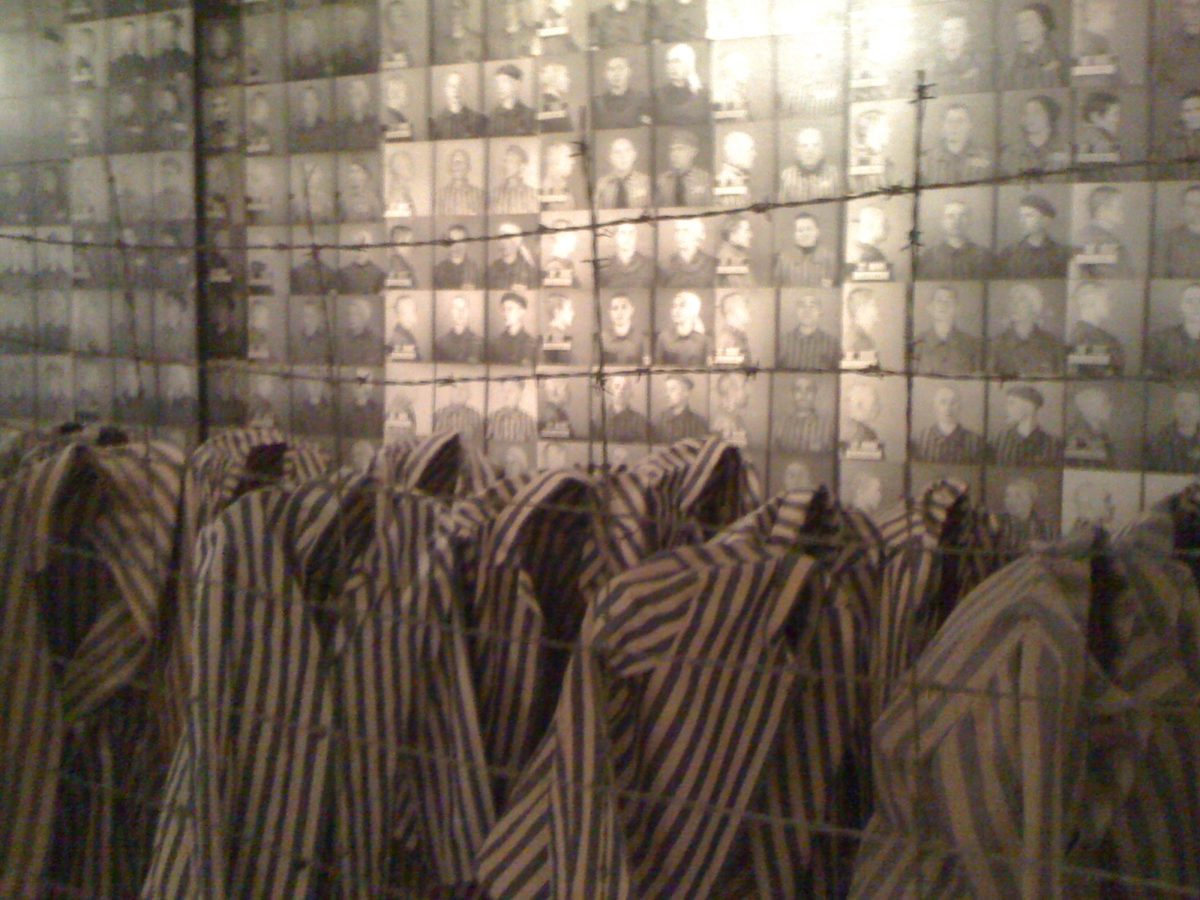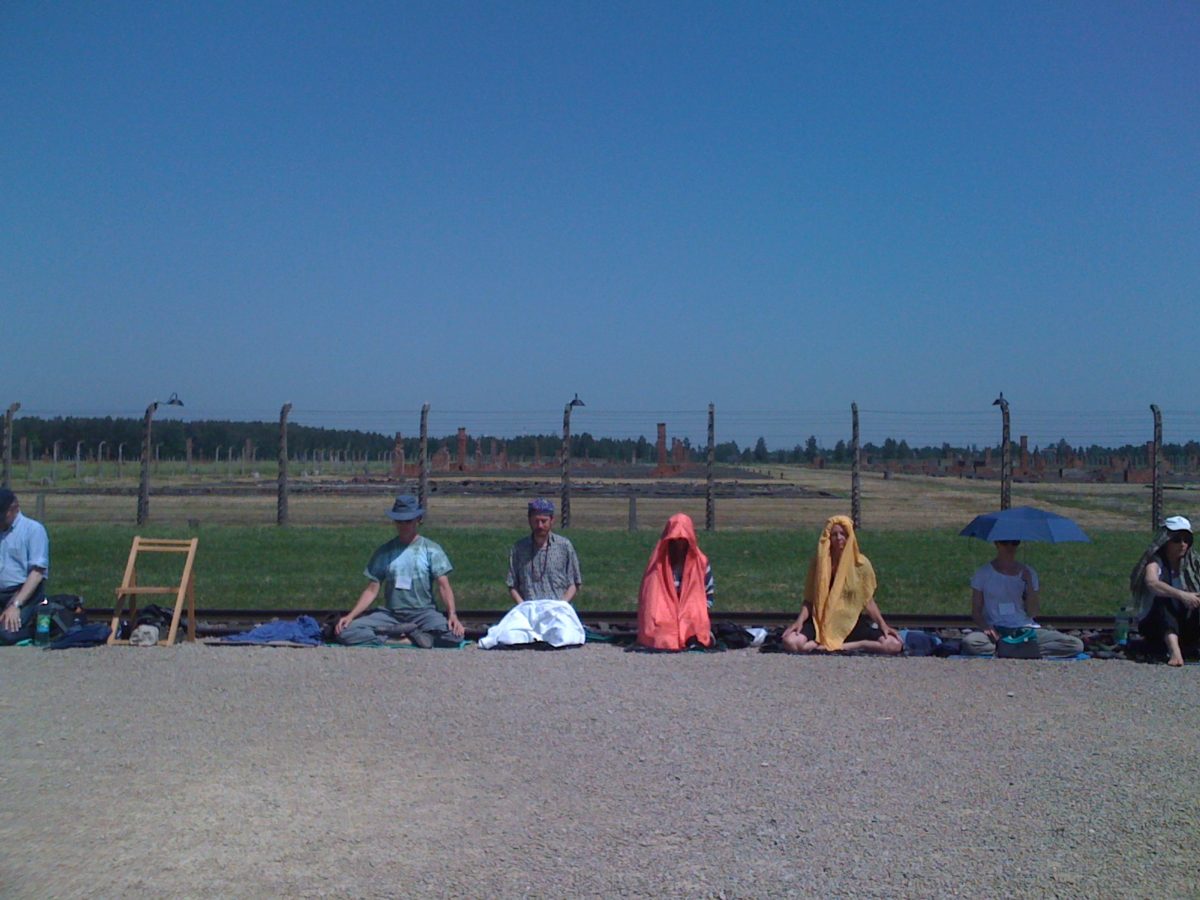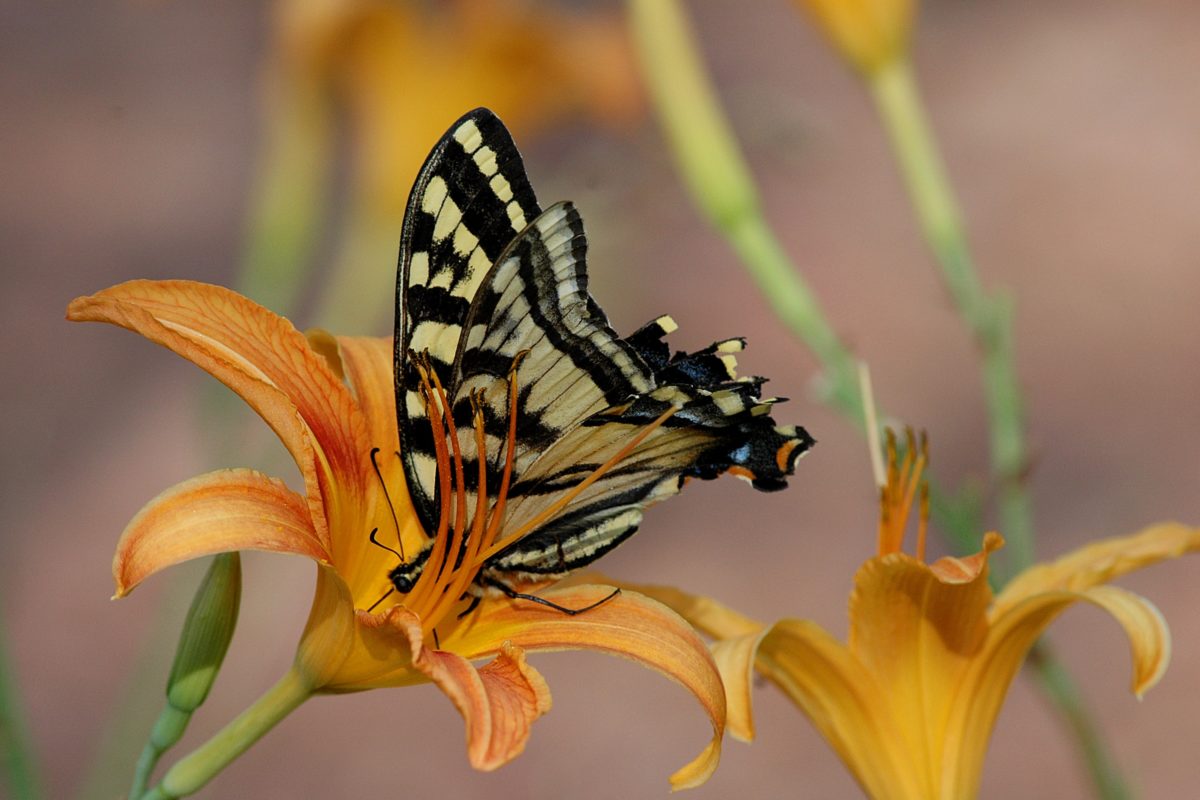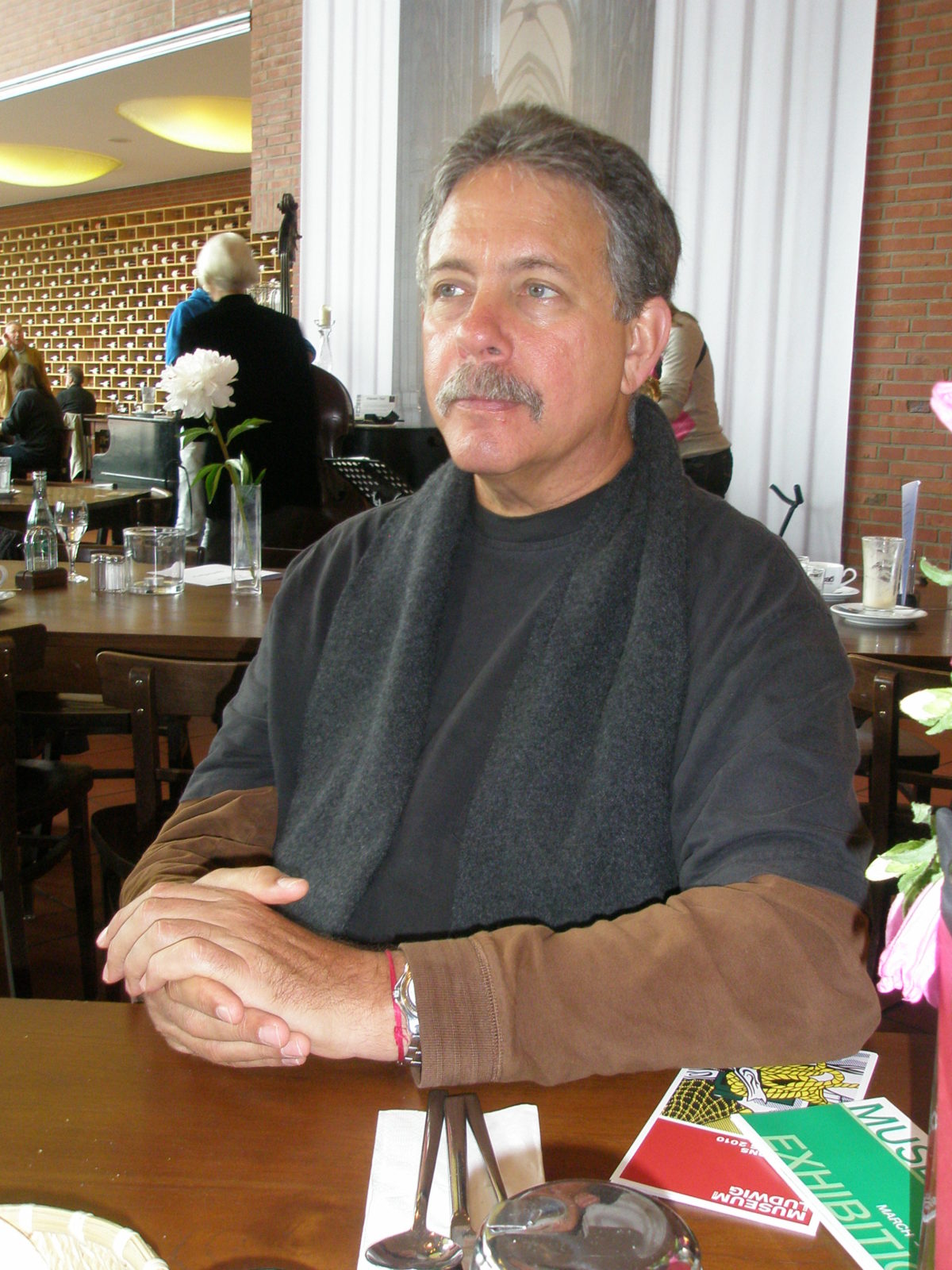By Peter Kuhn

Dear Friends,
Auschwitz, the site of the most notorious concentration camp in Nazi-occupied territory during World War II, may not sound like a vacation destination, but it is a powerful spot for retreat. Last summer, my wife Jackie and I joined the Zen Peacemakers for a five-day Bearing Witness Retreat at Auschwitz, followed soon after with a trip to the European Institute of Applied Buddhism (EIAB) where we joined the Living Happily Together Retreat with Thay and the Dutch Sangha.
By Peter Kuhn

Dear Friends,
Auschwitz, the site of the most notorious concentration camp in Nazi-occupied territory during World War II, may not sound like a vacation destination, but it is a powerful spot for retreat. Last summer, my wife Jackie and I joined the Zen Peacemakers for a five-day Bearing Witness Retreat at Auschwitz, followed soon after with a trip to the European Institute of Applied Buddhism (EIAB) where we joined the Living Happily Together Retreat with Thay and the Dutch Sangha.
Bearing witness is an attempt to see all sides with equanimity, surrender attachment and aversion, and embrace the seamless nature of all that is. There were no Dharma talks or teachers leading our experience in Auschwitz; rather, the idea was to be present and process the experience personally, arriving at our own conclusions. On most days there was a period of silent meditation and chanting the names of the dead, but other than that, the idea was to be fully present, to “listen” to the voices of the camp and to be open to whatever arose.
As we toured Auschwitz I, the original concentration camp that is now a museum, I practiced mindfulness to feel my emotions but not drown in them as we viewed the gallows, the torture chambers, and the buildings where experiments on women and twins were performed. I came back to my breath as we clustered in a genuine gas chamber, holding those who had gone before us in our hearts as we said prayers for the dead. In stunned silence, I walked out past the large ovens in the crematorium room, opening to the inconceivable reality of what had transpired in that very place. I made incense offerings at various spots throughout the camp, inviting the buddhas and bodhisattvas to join in my own acts of healing, purification, and love.
Walking through rooms filled with artifacts, I tried to remain mindful of my breath and grounded on my feet. In truth, I was often numb as we passed through rooms full of suitcases, razors, hair brushes, shoes, and children’s clothing. One room was full of empty Zyklon B cans. They were not saved as souvenirs; the machinery of death was working so fast there was no means to get rid of all the evidence. These exhibits are stored behind glass and felt impersonal to me until I saw the mountain of human hair. Confronted with the relics of the countless dead, I broke down sobbing. Here were the remains of actual living beings, many of whom were my Jewish ancestors. The deep reality penetrated the walls of my defenses, and suddenly it was all very personal.

How Could “I” Do This?
I wondered how “they” could do this. How could people ever perpetrate a Holocaust like this or allow it to happen? I heard the soft voice of our guide say, “All of this is because somebody thought they were better than somebody else.” His words chilled me. I realized I am guilty of that, too. I embraced that awareness and practiced coming back to my breath. I called on Avalokiteshvara. I breathed to soften my heart and cultivate some stability.
Moments later, leaving the buildings in a narrow hall crowded with visitors, I grew impatient and irritated with the people ahead of me. “What’s wrong with them?” I thought. When someone sneezed on me in the passing crowd, I became angry and indignant. Breathing in, I recognized the seeds of violence in me; breathing out, I realized that I was condemning another man, for nothing more than sneezing or slowing the line down. How could “I” do this?
We spent the next four days at Auschwitz II, also known as Birkenau. The size of a small city, it housed upwards of one hundred thousand prisoners at a time during World War II. I was surprised by the lush green beauty surrounding the countless rows of ruined barracks. I expected bare, fallow ground, but instead, noticed birds, grass, flowers, and even deer in the ruins of the gas chambers and incinerators. Experiencing a moment of joy, I wondered how I could possibly find happiness in such a place. How could there be such beauty in a place of such horror? In a moment of penetration that reached to my bones, it struck me that nothing is either all “this” or all “that.” All dharmas are both this and that, defiled and immaculate, as our teachers the Buddha and Thay frequently remind us.
In the month prior to the retreat, I had sat with the Bat Nha koan that Thay had written, and continued to sit with it at Auschwitz. Meditating on the railroad tracks where incoming prisoners were unloaded and sorted for work or immediate death, I heard an ancient train whistle blow. I touched the part of me that is the Nazi officer, pumped up with arrogance and discrimination, lusting for power and domination, waiting for the next trainload of “sub-humans” to arrive. I touched the shadow of fear and shame as the crematoria were shut down every time a plane was flying overhead, for fear of discovery. I saw in this historic fact that even perpetrators who were convinced they were right knew the injustice deep in their heart.
I also saw myself as a Nazi camp guard, waiting for the same train with sadness and dread. I realized the Nazis were victims as well. Those who refused to serve were executed; many lived in fear for their lives and the safety of their families. Others were victims of ignorance, or were swept away in the collective consciousness of their time. The quiet voice of humanity was often drowned by blind obedience or the rationalized safety of conformity.
Seeing myself as a prisoner in a boxcar, I thought I would commit suicide rather than endure the degradation of the camp.
Then I realized that if I killed myself, I would destroy my capacity to help others and offer even the slightest comfort. I saw myself—the potential political, religious, or sexual prisoner—as both victim and potential victimizer. Succumbing to a survival instinct twisted by fear and greed, I could easily have become a kapo, a head of prisoners serving as informer and enforcer over other prisoners for favor, food, or the hope of another day’s life. I also saw my potential as a bodhisattva prisoner, sharing a crust of bread while starving, saying a kind word or extending a comforting hand, and offering dignity in the face of demoralizing degradation as so many reportedly did at that time. Deep in the shadow, I came to understand how exquisitely precious even the smallest act of kindness can be.

Unfathomable Love
The last day at Auschwitz was a peak experience for me. As we walked across the consecrated ground of the camp, where every inch had been kissed by the ashes of cremated prisoners, I felt myself walking with all of you, my Sangha, at my side. I felt myself walking with Thay’s footsteps, and the Buddha breathed with my lungs, bringing peace in the midst of grief and sorrow. I walked with all my ancestors, with Poles, Germans, gypsies and Jews, with my spiritual ancestors, and with all of my descendants. With mindfulness and concentration, each step was a blossom of love and forgiveness. Each step was a moment of exquisite healing from the very heart of my practice, the fruit of our lineage, and the Plum Village tradition. I experienced unfathomable love in Auschwitz, the signature of my whole true self.
A week later, in a Dharma sharing group at the EIAB in Germany, someone asked, “Why would you go to Auschwitz?” I didn’t know how to answer. It became evident to me over the next few days: I went to heal. Out of the ashes, I came to realize that even what I found unacceptable or abhorrent was worthy of my compassion. Looking deeply into other, I saw self. Listening to the echoes and voices at Auschwitz, I heard small silent parts of myself. In my outrage, I greeted the tyrant within. In my anger at the atrocity, I saw the seeds of war in me. Holding grief with warmth, I grew in my capacity to love. Embracing intolerance, I watered the seeds of understanding and forgiveness. These insights allowed me to arrive at a new standard of tolerance and forgiveness. If my compassion could arise at Auschwitz, I could certainly offer the same grace at home, in the community, or to myself.
We live in the shadow of World War II. Even at the EIAB, we walk in the echoes of Nazi jackboots and clacking Gestapo heels, but thanks to our teacher, we can add our signature with each mindful breath and step, planting seeds of peace and harmony.
I see the war’s continuation in Vietnam, Bat Nha, Darfur, Tibet, Iraq, Afghanistan, Israel, Palestine, Arizona, and in each of us. I aspire to hear the voice of judgment with soft ears of compassion instead of fear or arrogance. May I remember that in the diversity of the all is oneness and in the one is all.

Peter Kuhn, True Ocean of Joy, lives in San Diego, CA. He coordinates “True Freedom: Prison Dharma Sharing (pen-pal) Practice” at Deer Park and is active with the Prison Meditation Project of San Diego. He practices with the Shared Breath Sangha in Donovan State Prison and the Still Ripening Sangha in Escondido.

